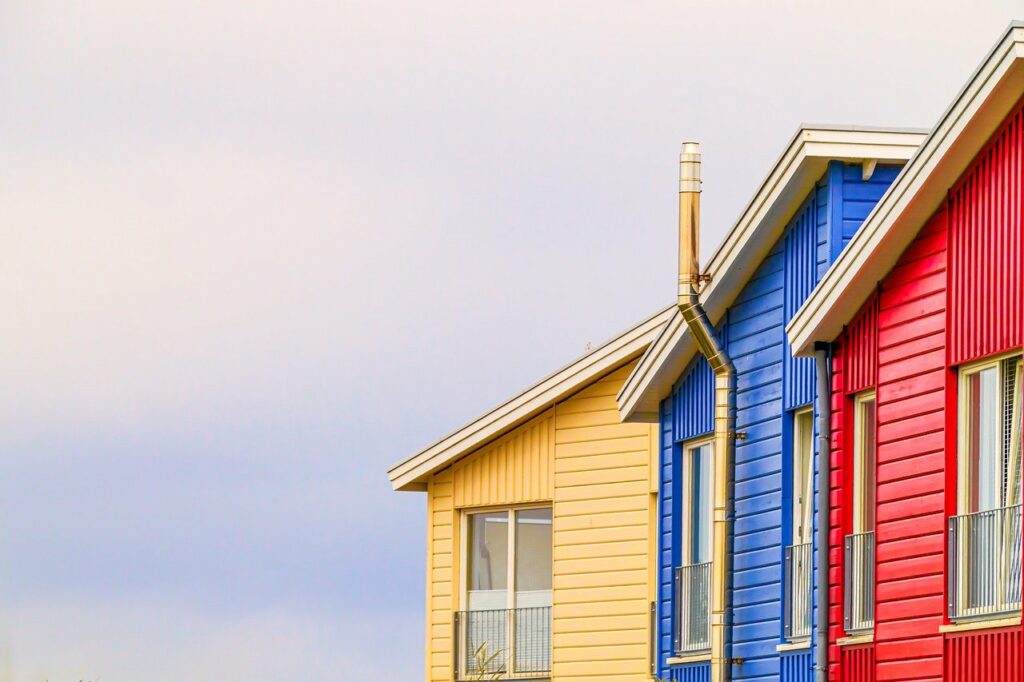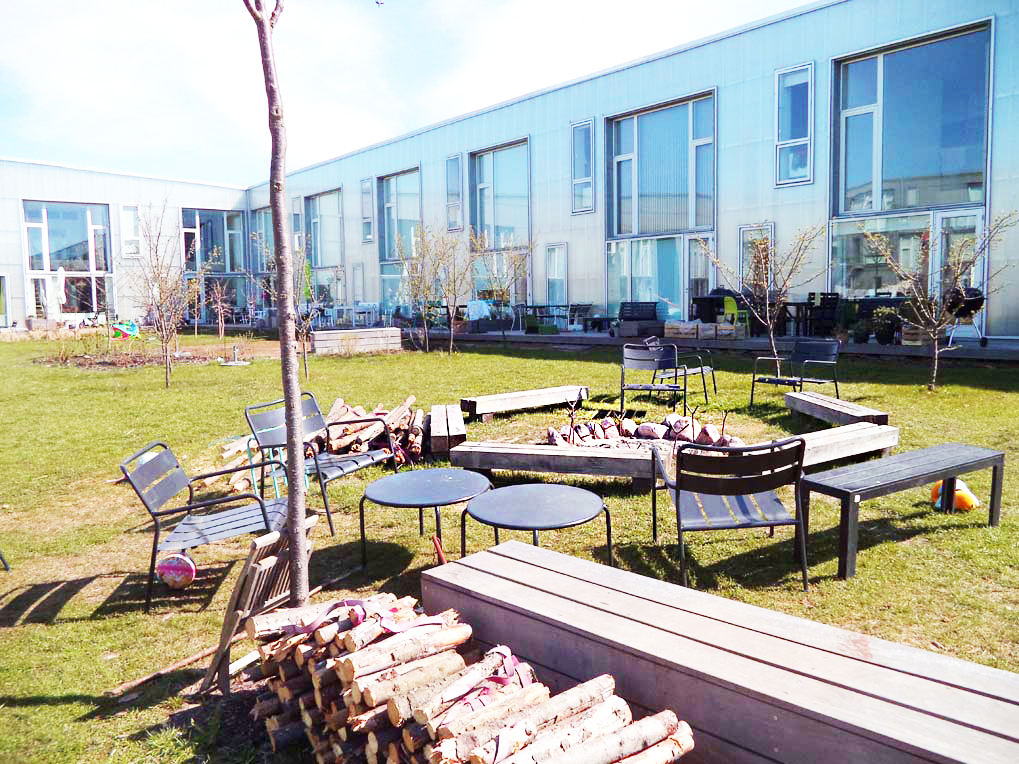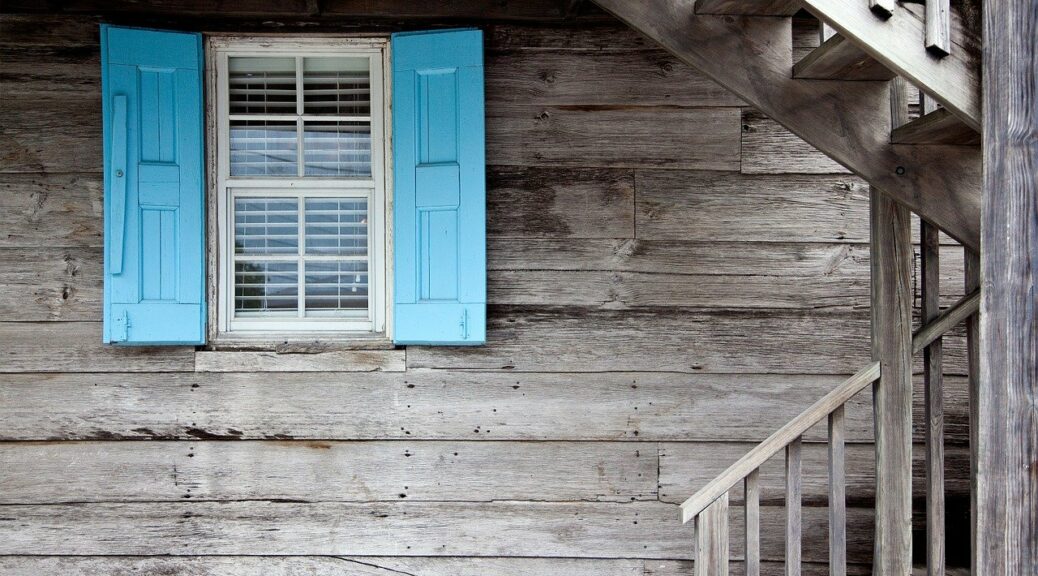One of the most important questions we ask ourselves when working on our pilot project is about the legal model. This is crucial from the point of view of the problems we want to answer with our initiative. These problems are among others rising property prices and speculation in the housing market.
We would like to create a model with which affordable housing can be created, so that the pilot project and subsequent projects can also involve people who are in a poorer financial situation. What options do we have?
A model based on individual ownership of housing
Occurs very often in projects from abroad. The housing cooperatives that have been established in Poland have also operated on the basis of this model.
At the planning and construction stage, group members cooperate, for example, on the basis of a partnership company or housing co-operative contract. Once the construction is completed, the persons involved become owners of the flats and co-owners of the land and common parts of the building.
Foreign experience shows that the cost of the flats can be lower than the price of flats sold on the market. Most often, such a reduction corresponds to the developer’s margin and may amount to 20-30%. However, this depends on the expectations of future residents, some groups want a very high quality of the building and its surroundings. In such cases, the price of the flat may be close to the market price.
Such a model will therefore target relatively high earners and may not guarantee the diversity of the group from the point of view of the material situation of the members.

The rental model
Is also found abroad. It can be created when a project is carried out jointly with future residents by the local government, social housing providers or NGOs.
The owner of the property remains the entity that financed the construction. Residents contribute a small part of the construction costs, then receive the right to use the flat and pay monthly fees covering the costs of maintenance and management of the property and repayment of loans or credits (if the financing was not in the form of subsidies).
These fees are lower than the costs of renting a flat on the market. Residents are usually allowed to use the property until they die. However, they cannot sell it or rent it.
In this model, the project participant must meet the income criteria. It is aimed at people in a more difficult financial situation. However, it ensures that the housing is not sold on the open market and can be used in the future by people who need it.
Hybrid model
This is a combination of the first two models. Some of the housing is privately owned and some is social housing owned, for example, by a foundation. Social housing can be used by people with lower incomes. This is an interesting solution, as it creates wealth-diverse groups. And great diversity and solidarity is also an important value for us.

Shared ownership, cooperative
This is the model that best suits our values 🙂 The property belongs to all, is jointly maintained and democratically managed. The flats cannot be sold on the market and each resident has the right to use them until death. You can read more about this model in the article about the Catalan cooperative La Borda.
We would like to find a similar model for groups adapted to Polish conditions. Unfortunately, a Polish housing cooperative (unless I am mistaken?) does not guarantee that the flats will remain jointly owned, as the regulations make it easier for members to obtain ownership of the flats. Subsequently, such flats can be sold at market prices, which also does not ensure affordability and control over the community.
Such a model does not guarantee that the flats will be able to be occupied in the future by people in a more difficult financial situation. We would like to look for another solution. Maybe a regular cooperative or a limited liability company? We encourage you to discuss.
See how creatively a limited liability company was used by the Mietshauser Syndikat, which we wrote about in a separate article.
Community Land Trust
They are used for important local community purposes, including ensuring that lower earners can also afford to buy or rent housing. We have shared the CLT experience from Brussels on our blog. We invite you to read on!
Mutual Home Ownership Society
This is also an interesting solution based on the solidarity of a community made up of richer and poorer people. It has been applied by Cohousing Lilac in the UK, which deserves a separate article 🙂
We invite you to join the discussion
We are very keen to make use of all these foreign experiences and create a model, or preferably models, that we can use in Polish conditions. We invite you to join the discussion. Join our Facebook group. We hope that people representing local governments will also join us.
